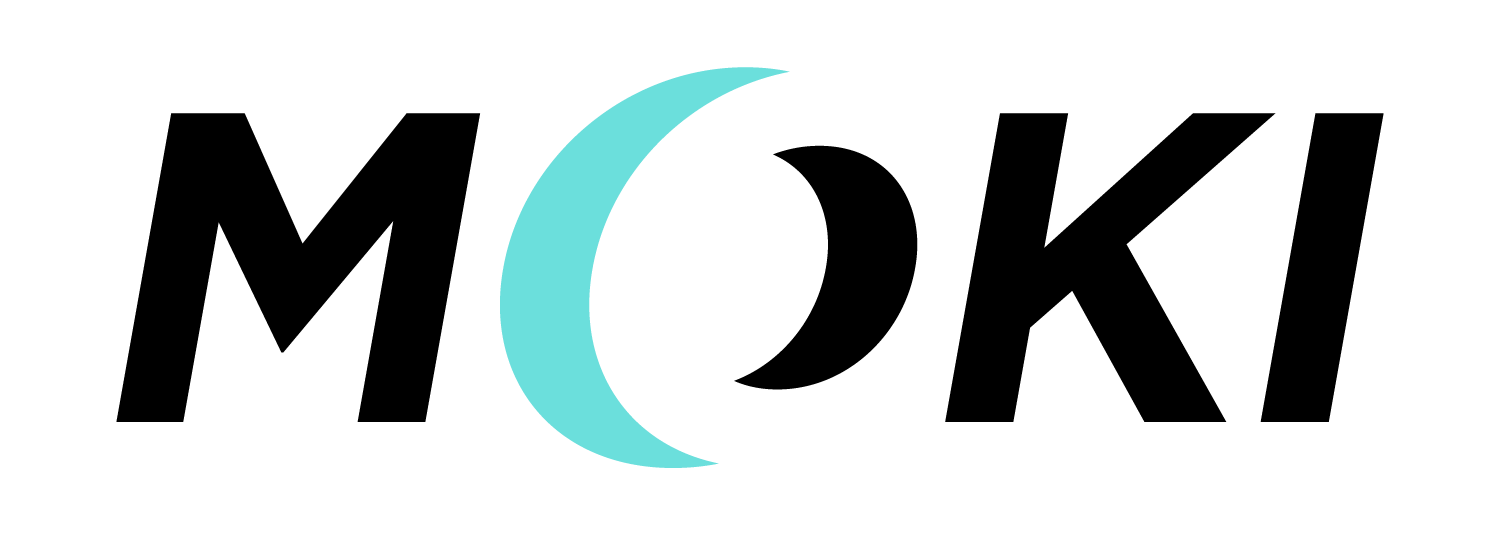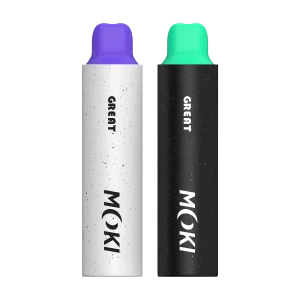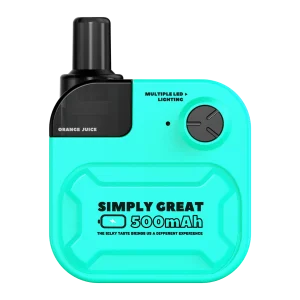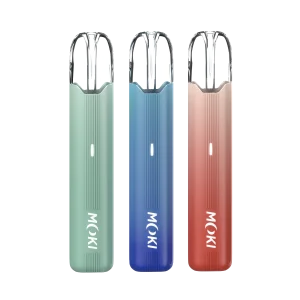Understanding the Impact of Senate Bill 395 on Vaping Purchasers in California
California’s New Excise Tax on Vaping
Vaping purchasers in California are set to experience an increase in the cost of their vape items starting from July 1, 2022, following the signing of Senate Bill 395 into law by Governor Gavin Newsom. This legislation introduces a 12.5% excise tax on the retail cost of vaping items, in addition to the existing sale-in-bulk tax. This move is expected to significantly impact the vaping community in the state.

Details of the New Policy
The new policy, which will take effect on July 1, 2022, applies to all nicotine-related vape items, including those purchased online from retailers based in different states. This comprehensive approach ensures that the tax is applied uniformly across all sales channels.
Bill’s Passage and Expected Signature
Senate Bill 395 passed the state House on September 1 and the Senate the following day. With the lead representative, who is currently engaged in a referendum fight, expected to sign the bill into law imminently, Californians will soon be facing these new financial burdens.
Current Discount Charge in California
Currently, Californians pay some of the highest vape taxes in the country. The discount charge is recalculated annually by the state Board of Equalization, using a formula that reflects the sum of all taxes on cigarettes. For the year starting July 1, 2021, the discount charge stands at 63.49% of the retail cost on all nicotine-containing vape items.
Revenue Allocation and State Reserves
The revenue generated from the new retail tax will be distributed among several state funds. Notably, 48% of the returns will go towards the Proposition 56 Medi-Cal Physicians and Dentists Loan Repayment Act, supporting healthcare professionals in the state.
Breaking Down the Financial Impact
With the introduction of the 12.5% excise tax, the retail cost of vaping items is expected to rise significantly. This tax will be felt by all consumers, whether they purchase their vape items in physical stores or online. The tax aims to curb the use of vaping products, especially among younger populations, by making them less affordable.

Implications for Vape Retailers and Consumers
Retailers in California will need to adjust their pricing strategies to accommodate the new excise tax. This may lead to increased retail costs, which could potentially be passed on to consumers. Consumers, on the other hand, will have to consider the additional costs when deciding to purchase vaping items, potentially leading to a shift in consumer behavior.
Supporting Healthcare Initiatives
A significant portion of the revenue from the new tax will be allocated to the Proposition 56 Medi-Cal Physicians and Dentists Loan Repayment Act. This act aims to retain healthcare professionals in the state by offering loan repayments, thus improving access to healthcare services for Californians.
The enactment of Senate Bill 395 marks a significant policy change in California, affecting both the retail cost of vaping items and the state’s approach to public health. As the new excise tax comes into effect, it will be interesting to observe its impact on consumer behavior, the vaping industry, and the state’s healthcare initiatives. With the increased tax revenue, California has the opportunity to bolster its healthcare system, particularly in supporting the Proposition 56 Medi-Cal Physicians and Dentists Loan Repayment Act.









